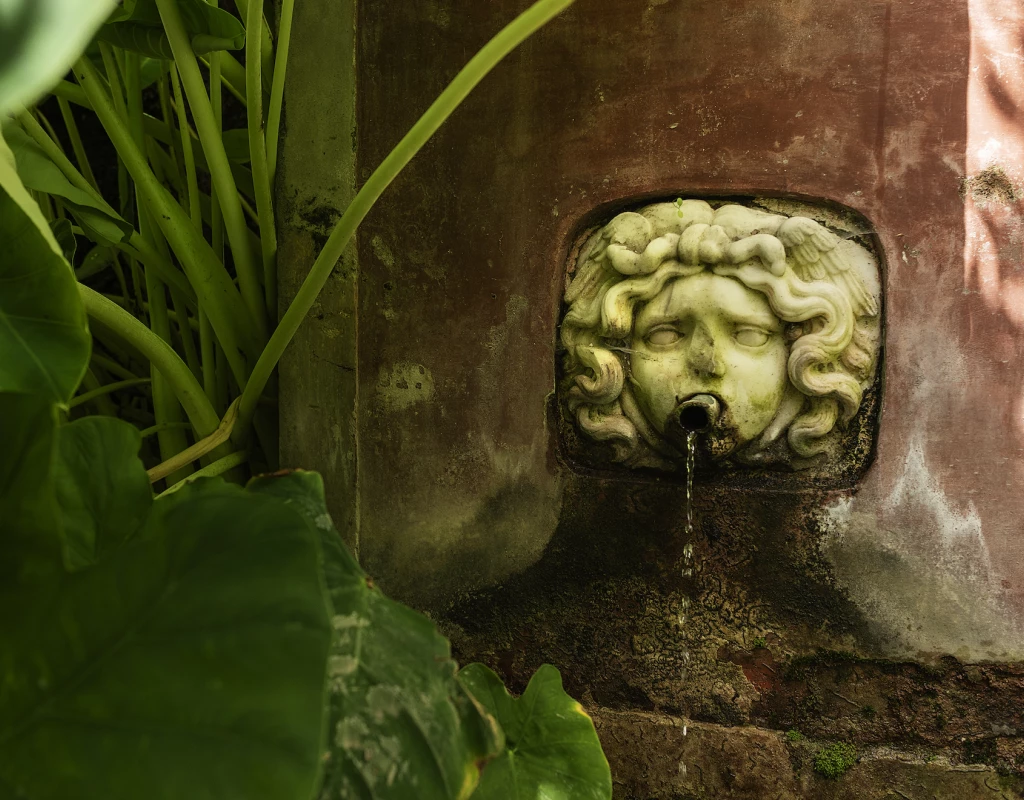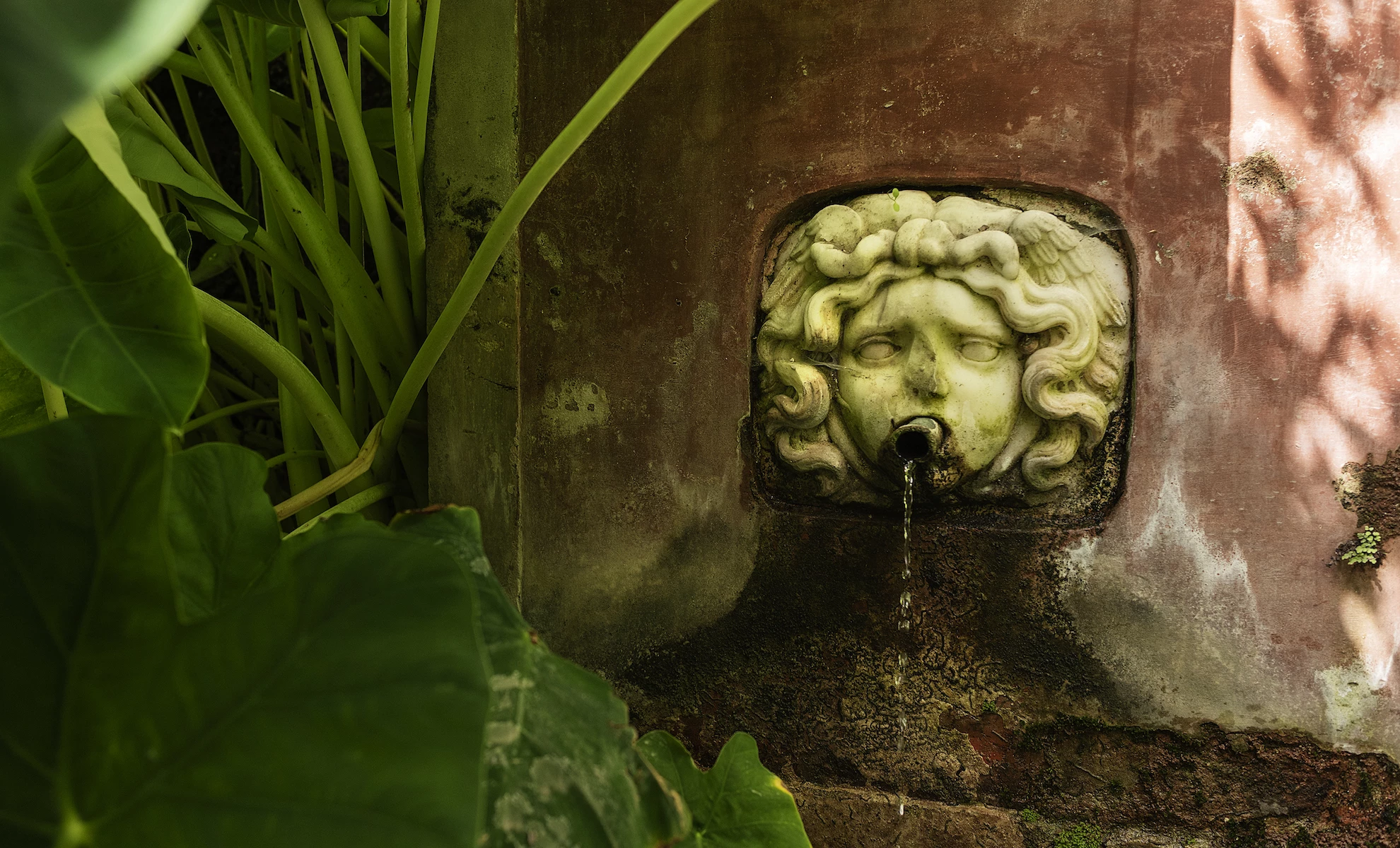It has always been thought that greenery, flowers and plants could not rhyme with cities and palaces, yet some of the most exciting gardens are found in the heart of our cities. Like in Salerno, for example.
The Garden of Minerva, not far from the Cathedral, is a synthesis of nature, history and beauty, with a breathtaking view of the city and the sea. It extends over several levels, between the flower beds, the fountains and the terraces joined by a long staircase covered with a pergola: a shaded walk, marked by the sound of the water.
The visit to the Garden is not only a very pleasant sensory experience, it is also an opportunity to learn about the history of a very important institution: the Salerno Medical School. The Garden, in fact, emerged as one of the places where those who knew the school and its members, merging theoretical knowledge with practical knowledge, became experts in poisons and antidotes prepared with plants.
Ph. Anna Monaco - Trentaremi
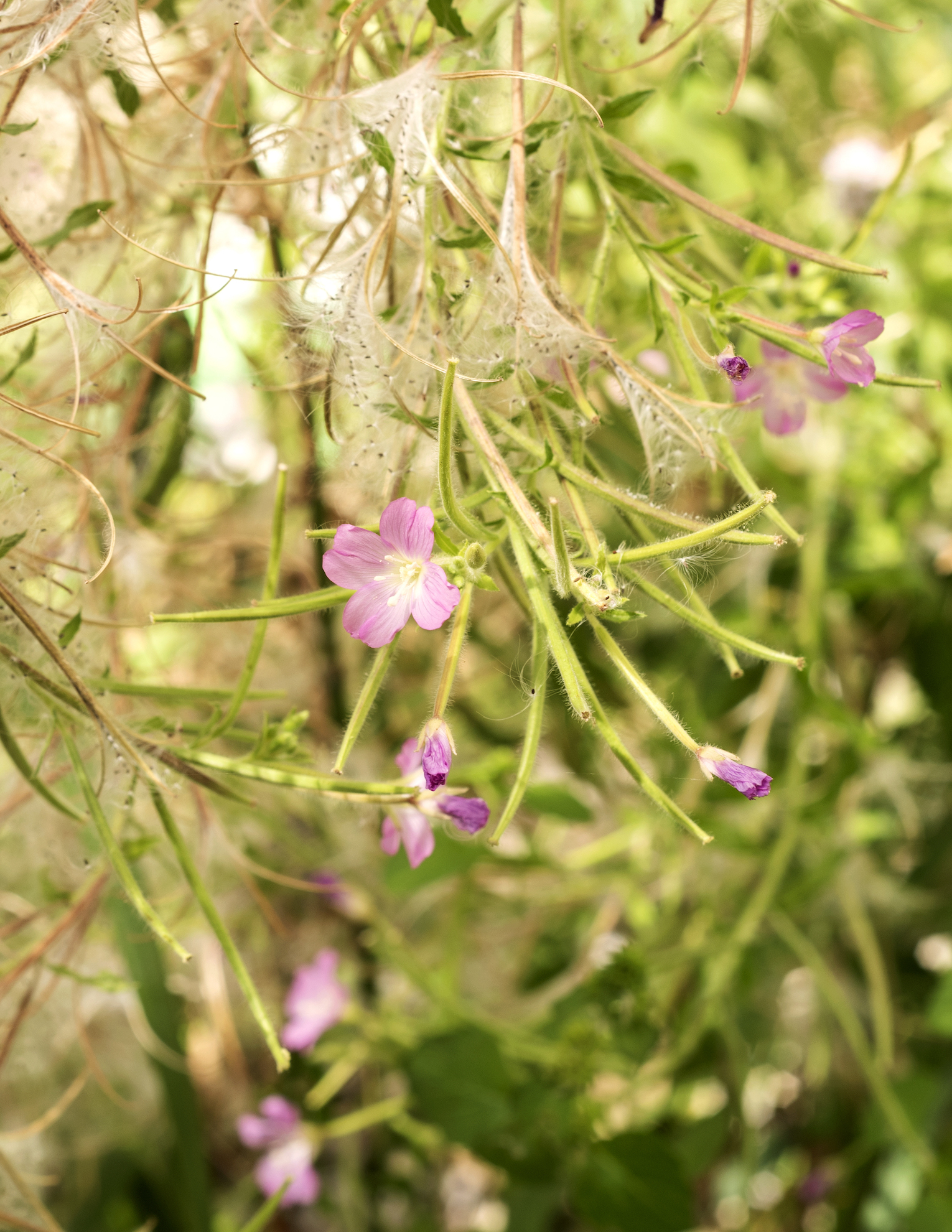
A 18th century fresco| Ph. Anna Monaco - Trentaremi
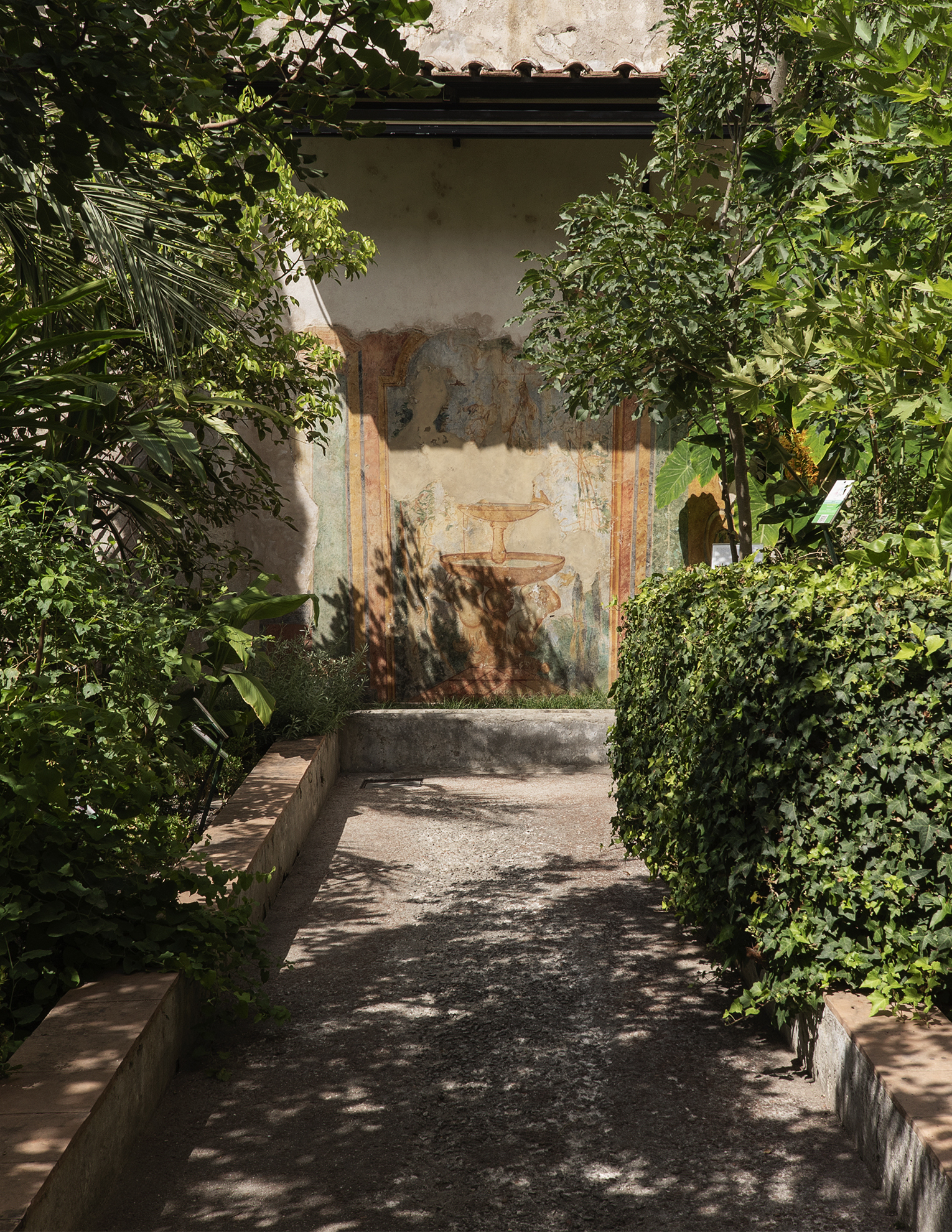
The fame of the doctors and their concoctions stimulated the imagination of Boccaccio who dedicated one of his novels to Mazzeo della Montagna, to be identified with Matteo Silvatico: in the story the man prepares an anesthetizing distillate that is inadvertently drunk by his wife's lover, giving way to a nice misunderstanding. Boccaccio refers to "spongia soporifera", a sponge soaked in a herbal preparation used to put patients to sleep.
Matteo Silvatico, a famous member of the School, was an expert in plants and wrote a work, the Pandects, in which he listed hundreds of species, providing their names, descriptions and, of course, their properties.
The Fountain of the Shell | Ph. Anna Monaco - Trentaremi
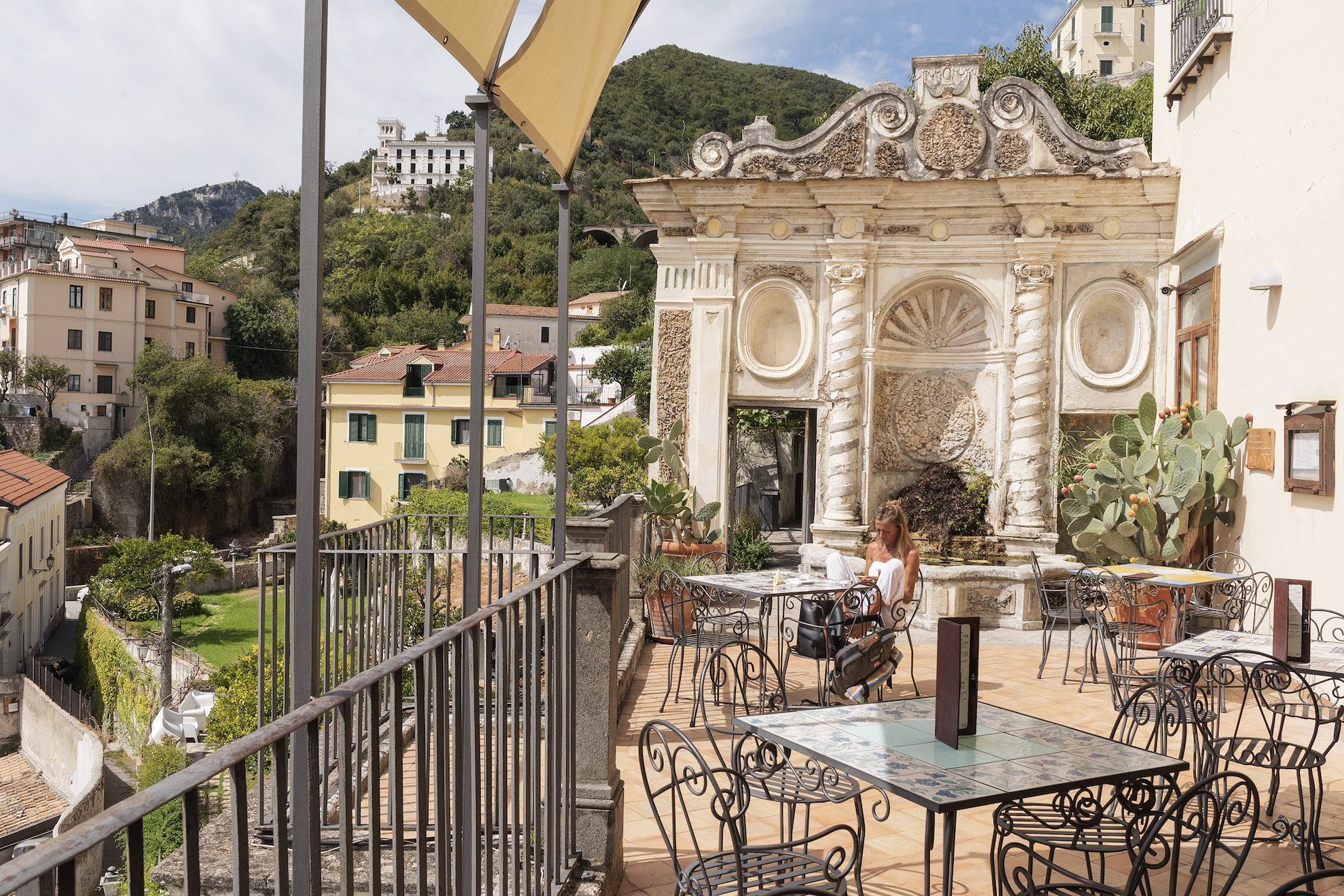
Silvatico, at the beginning of the XIV century, decided to create a "garden of the simple", exploiting a garden already belonging to his family. Here the students learned the names of the "simple", ie the plants with medicinal properties (medicamentum simplex), also originating from very distant places, and studied their virtues: it was in effect a very early example of a botanical garden.
«Si tibi deficiant medici, medici tibi fiant haec tria: mens laeta, requies, moderata diaeta»
«If you lack doctors, let these three things be your doctors: a cheerful disposition, quiet, a frugal diet»Manifesto of the Medical School of Salerno
After the medieval phase the Garden of Silvatico had a long history and today it has the face of the 1600s, with scenic fountains and terraces. It preserves the memory of the botanical garden's past: among the flower beds there are names of plants, like the mandrake, which stimulate the imagination.
The mandrake was used in the preparation of "spongia soporifera", but it was also recognized for its aphrodisiac properties and used against sterility. Much used and much feared, it was believed that the root had an anthropomorphic appearance and anyone who eradicated it risked dying.
Ph. Anna Monaco - Trentaremi

In the Middle Ages men recreated the order and harmony in the gardens that they could not find in the chaos of the countryside; centuries later, in the Garden of Minerva, one can experience that same feeling, full of scents and history.
